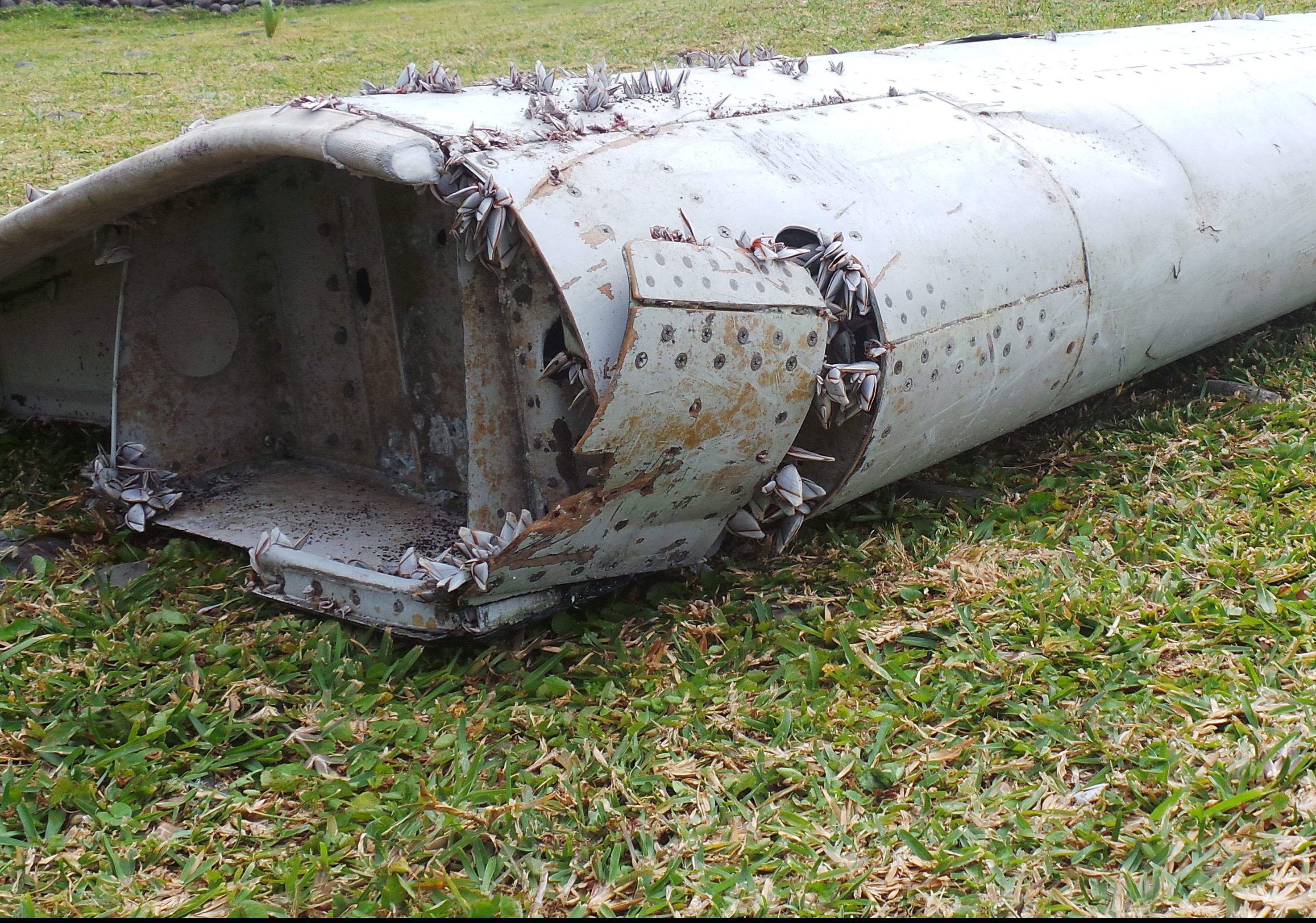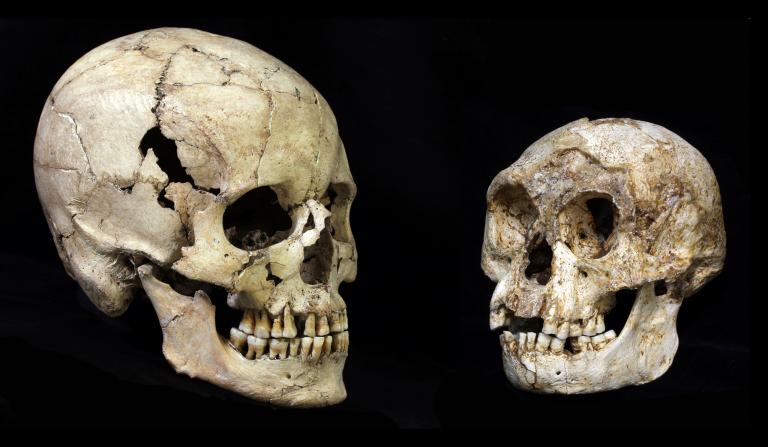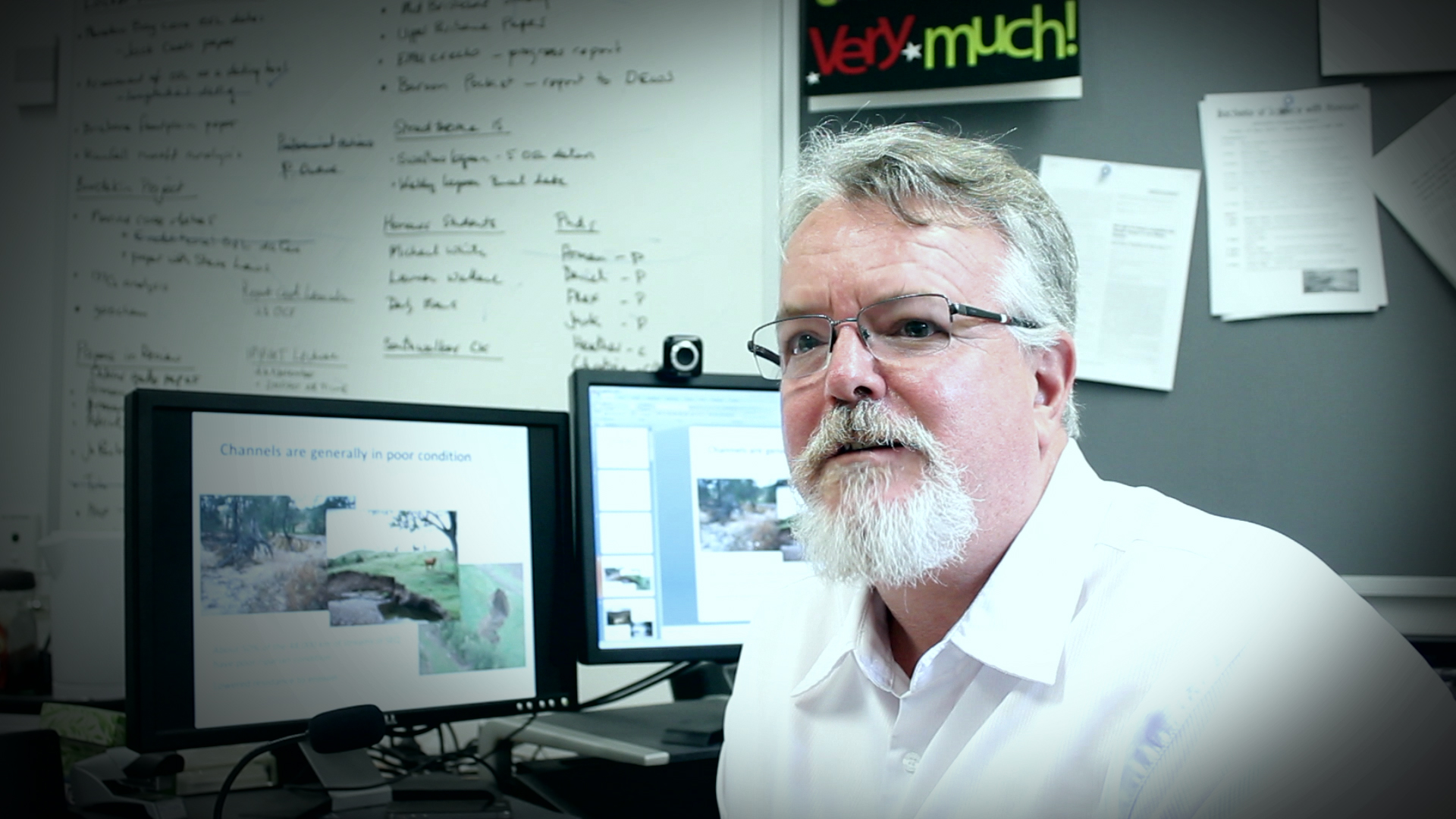Much hope is being placed on a barnacle-encrusted aeroplane wing washed up on the French island of Reunion as the first piece evidence from missing airline flight MH370.
Pioneering research from PhD candidate Ryan Pearson from the Australian Rivers Institute could be used to reveal the path of those barnacles, and the wing, through the ocean thereby giving a more accurate picture of where the wing came from than currents alone.
Ryan’s original research is looking to find out if the shell chemistry of barnacles can reveal the migratory origin of endangered loggerhead turtles.

“To conserve loggerhead turtles, we need to know which parts of the ocean they use and when they use them. Scientists have tried to do this by measuring the chemical composition of the turtles, but this doesn’t always work.”
“Not all turtles within a group eat the same things in the same places, so sampling skin tissues from a few doesn’t always tell us the big picture.”

Enter barnacles. “A barnacle’s diet doesn’t really affect its shell growth, so the chemical composition of the shell will more accurately reflect where they’ve been in the ocean compared with the turtles skin.”
Ryan’s project aims to circumvent the diet-based concerns of using turtle tissues by analysing the stable isotope signals within shell layers of barnacles who go along for the ride on migrating south Pacific Loggerhead turtles.
“These shell layers offer chemical information about the area of the ocean in which the turtle has been swimming and, therefore, could allow us to identify the migratory origin of nesting turtles,” said Ryan.
Professor Angela Moles, ESA Vice President points out that, “if successful, this method has the exciting potential to be applied not just to loggerheads but to any other migrating marine species that has commensal barnacles. This will provide critical information for their conservation that has been missing until now.”
“Ultimately there is also the potential to track the source of other objects that wash up on our shores, perhaps even components of missing aircraft or ships.”
Ryan will receive the Ecological Society of Australia’s 2015 Jill Landsberg Applied Conservation Scholarship award and $6000 research grant at the Society’s annual conference in Adelaide in December 2015, and will present his research findings at ESA16 in Fremantle.
Loggerhead turtles are listed as endangered worldwide by the IUCN. A recent United Nations Environment Programme (UNEP) action plan listed a better understanding of the use of foraging habitat as an ‘essential’ priority for the conservation of the South Pacific loggerhead population.







Its obvious that these Barnacles came from an area where the sea depth is not all that deep. If the turtles are any indication, this means that the Turtles attracted Barnacles from a depth of less than 100 feet under the sea. It could mean that MH370s resting place is not that far away from La Reunion Island in any direction.
If that’s so, it would’ve been found by now. An aircraft THAT size would leave a big ‘shadow’ in only 100 feet of water. As it was painted nearly all white, that’d be a giveaway, too!
And if resting on ‘belly’, tail fin, if not smashed off, would be getting pretty close to water surface.
Nah, it’s on dry land somewhere, repainted, camouflaged, & in ‘hiding’ awaiting its’ final, WMD flight!
What intrigues me : is the actual lack of barnacles on the Flaperon.
The side profile of the flaperon is made of aluminium, which should have provided a very strong bonding surface for the goose barnacles (Lepas anatifera). Yet the that inner spars’ exterior surface is virtually spotless. Moreover, the surface areas of the wing are only encrusted in only a few areas.
Goose Barnacles : by their nature proliferate rapidly and often grow into layered masses. They rely on currents to bring food to them. However, the size and limited coverage of the surface with said Goose Barnacles would suggest that this flaperon has been in the water for far less than 18 months. My estimation is that this portion of a wing has only been in the water for about 6 months.
So where has this flaperon been for all this time ?